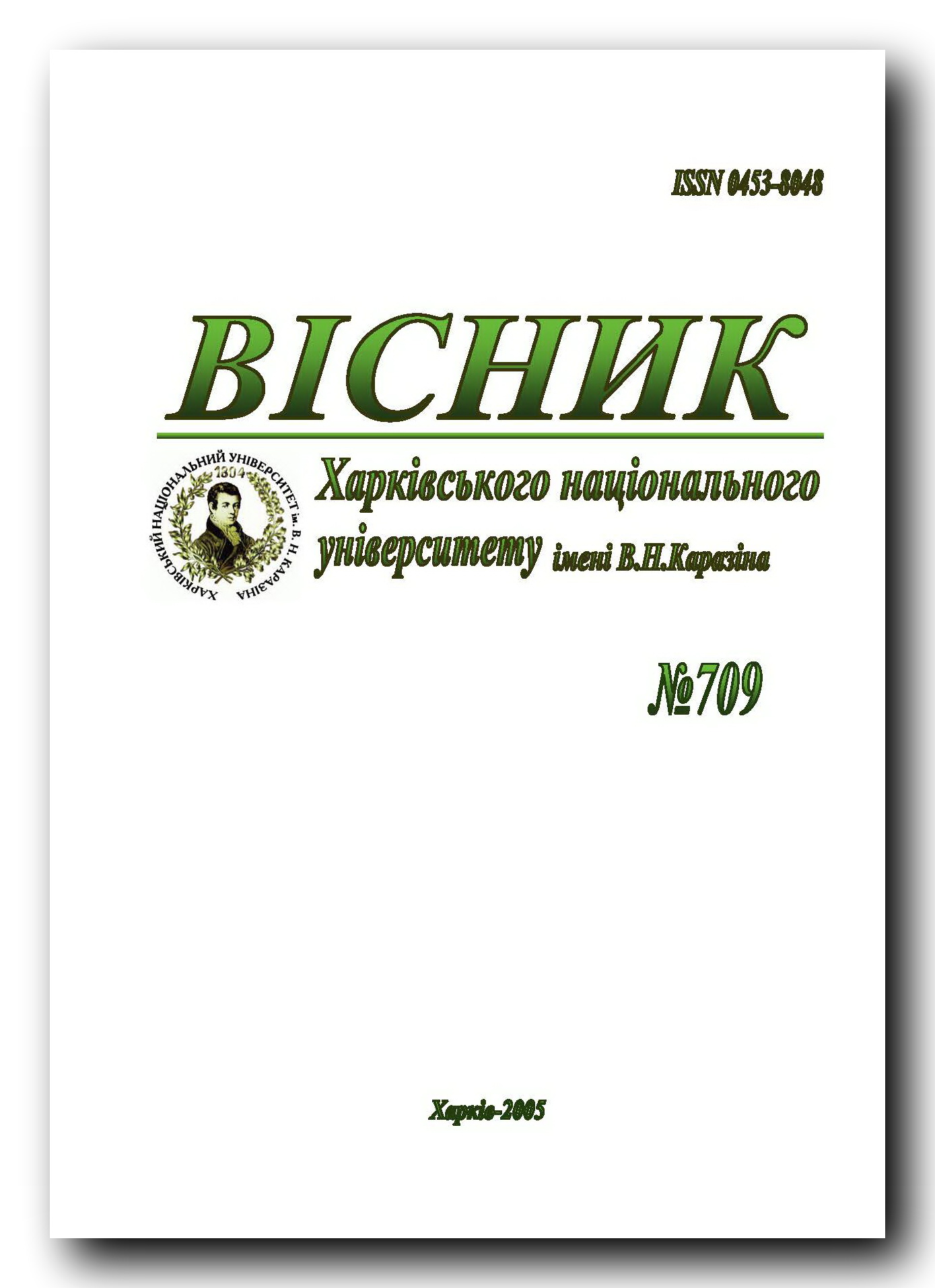ROOST SITES OF NOCTULA BAT (NYCTALUS NOCTULA SCHREBER, 1774) ON THE TERRITORY OF GOMOLSHA FOREST
Abstract
In the article characteristics of summer roosts sites of N. noctula are described. The investigation was being carried out in mature oak forest (49˚35′ n.l., 36˚15′ e.l.) since 1999 to 2004. Hollows used by N. noctula were searched by standard methods. Trees (n=34) and hollows were described on a lot of parameters. Roost sites of N. noctula were found in the next tree species Tilia cordata (47%), Fraxinus exelsior (29,4%), Quercus robur (17,6%) and Populus tremula (5,9%). The average diameter of trunk at the breast height is 34,4 cm, the average age of the roosting trees is 93,4 years. The trees are on early stages of shrinkness and quarter of them is attacked by parasitical fungi. In May-June N. noctula prefers hollows in F. exelsior and Q. robur, since the end of July and August T. cordata. Two thirds of the roosting trees are localized on distance since 50 m and more from the nearest forest ways and open areas. The roosting hollows are localized on the average height from ground level near 7 m. The entrances are orientated predominatingly on E and SE. N. noctula prefers hollows with roundish entrances and the average square of them is 3087,4 mm², but also uses hollows with ovate entrances. The half of the roosting hollows was excavated by woodpeckers, and the other half was made on places of decay branches. The nursery colonies more elective in roosting sites choose, they use trees with bigger diameter (41,0 cm) and age (120 years) and on later stages of shrinkness, they also use not hollows in T. cordata. The nursery colonies use hollows about exclusively excavated by woodpeckers with lesser entrance size. Hollows characteristics in connection with tree species and their origin are discussed.
Downloads
Authors retain copyright of their work and grant the journal the right of its first publication under the terms of the Creative Commons Attribution License 4.0 International (CC BY 4.0), that allows others to share the work with an acknowledgement of the work's authorship.




